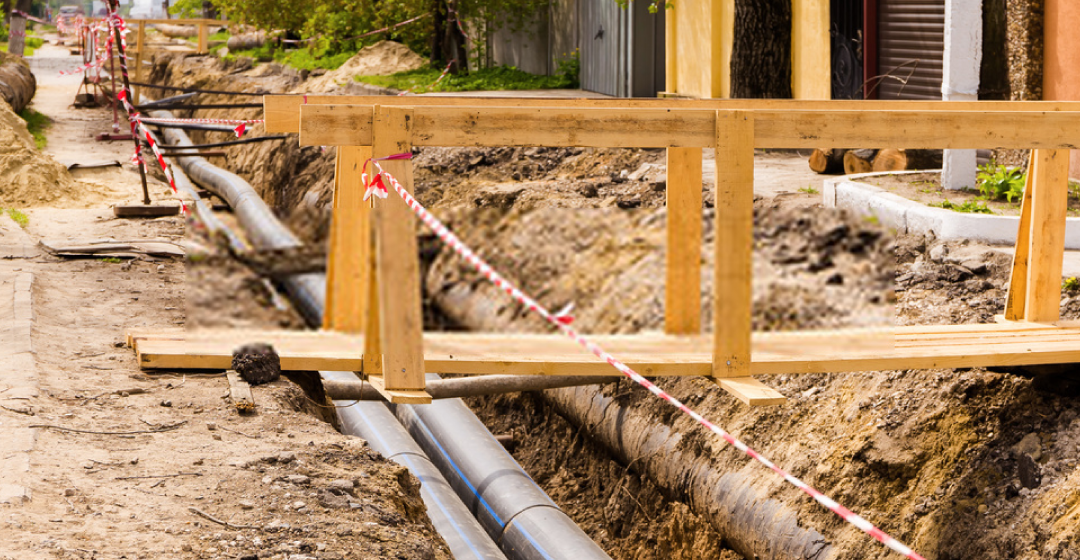
Construction Project Dewatering Techniques and Solutions
The removal of groundwater or surface water from a building site is referred to as dewatering. Dewatering is usually accomplished through pumping or evaporation. It's normally done before footings are dug, and it helps to lower the water table, which might pose issues during excavations. Wet classification is another term for dewatering, which is the process of eliminating water from the soil. Wet classification is a construction procedure that examines the size of particles that make up the underlying soil and the flow of fluids through those particles in a project site.
What is the purpose of dewatering?
Due to accumulated water in trenches and excavations, or in areas with an inadequate slope or high water table, construction dewatering is employed on most construction sites. This water should be removed from building sites to allow for on-time completion and a safe working environment. Normally, builders tend to use water pumps to dewater these areas, but if they are not paying attention to the place where water is discharged, erosion and other problems may occur. It is important to follow best management practices when water is being pumped to lakes, wetlands, or directly to storm sewer inlets.
Dewatering Precautions
Dewatering activities must be done properly to avoid eroding the soil on the construction site. It is also important to choose the best location for discharge, even when you might be far away from water bodies or catch basins. There are multiple dewatering products that can be used to remove sediment from the pumped water, such as dewatering bags. When choosing discharge areas from a dewatering process remember:
-
- Pumping water directly into slopes is not recommended.
- If a woody buffer is present, dewatering activities should be directed there.
- If the land shows indicators of instability or erosion, it's critical to pay extra attention and stop dewatering.
- Dewatering channels must be stable, and it is even better if they have been protected with grass or vegetation.
- You should avoid dewatering under heavy rains because the infiltration rate is at a minimum and water will move slower or just the dewatering process will not function.
- Never immediately release contaminated water containing oil, grease, or chemical compounds. In certain cases, an oil/water separator may be required.
- Additional permits and requirements might be needed from the state, local, or federal agencies.
- It is important to understand the water table conditions in the area, perhaps the underground water is always near the surface, so your plan might not work.
- Sump pumps are the most common dewatering technique but can handle only a small volume of water.
Dewatering Bags: How to Use Them
Dewatering bags are made of durable geotextile fabric used to filter water by removing sediments. They are used for dredging operations, construction sites, or places with a high water table near the shoreline. These bags should be sized accordingly based on the pump flow rate and type of sediment. When using dewatering bags, avoid multiple pipe discharges as it may cause the filter bag to fail. Remember to manage water runoff properly by guiding it to the nearest storm inlet.
Dewatering Methods
Construction dewatering from open excavation or trenches can be done by several methods. However, the most simple of all is the gravity drain using drainage channels carrying away water from the area to be worked to the discharge point.
Other feasible ways for dewatering are water pumping, siphoning, or using large construction machinery buckets to scoop and dump water from the selected area. Earth channels used for dewatering could also be protected with ditch linings, and additional protection should be placed to reduce water velocities and minimize erosion. It is recommended to build riprap revetment protection with geotextile to prevent additional erosion at the discharge point.
Preventing Water Damage to Your Property
Isolating the permeable strata from other sources of water is a viable approach to minimize the dewatering process once a low permeability soil has been identified. Sheet piles, slurry barriers, and grout curtains are some of the methods that can be utilized to keep water out of your trench or foundation.
Although this approach will not solve the problem, it is a decent plan to employ when the water table is high, since you will still need to pump or remove water from the foundation or trench due to rainfall and trapped water. A thorough engineering analysis will be required, depending on the system's application, to determine how this procedure affects other areas.




